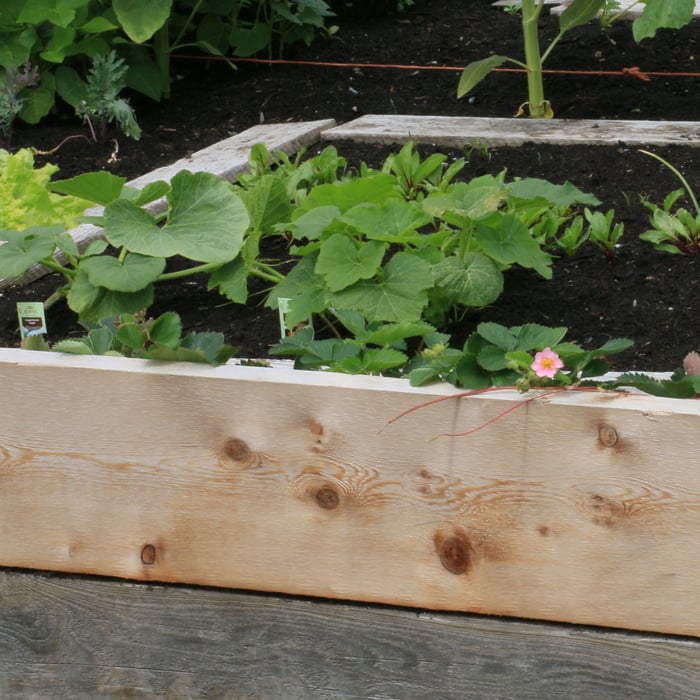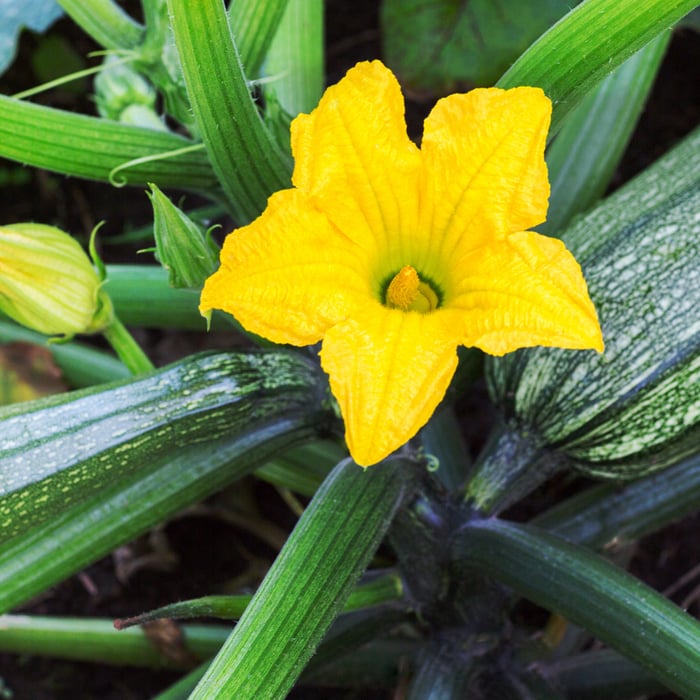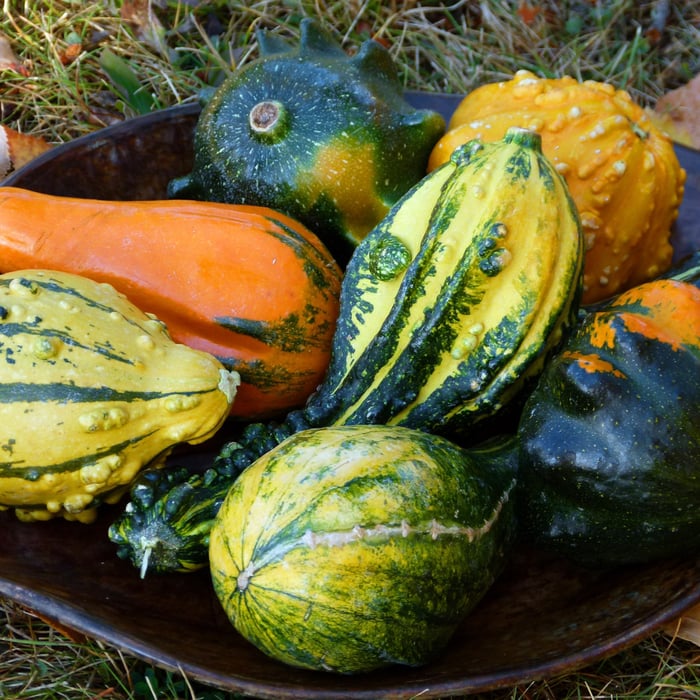Growing squash in pots can be a great option for gardeners with limited garden space or those who want to avoid soil-borne diseases. Squash is a warm-season vegetable that is easy to grow and can provide a bountiful harvest. In this article, we'll discuss how to grow squash in pots, including the best varieties of squash, how to prepare the potting soil, and how to care for your squash plants.
Varieties of Squash
There are many different varieties of squash, but not all of them are suitable for growing in pots. Here are some of the best varieties of squash to grow in pots:
- Zucchini: a popular summer squash that is great for growing in pots.
- Yellow squash: another popular summer squash that is easy to grow in pots.
- Pattypan squash: a small, round summer squash that is perfect for growing in pots.
- Acorn squash: a winter squash that can be grown in pots if you have a large enough container.
- Butternut squash: a popular winter squash that can also be grown in pots.
Non-GMO Squash Seeds | 8 Variety Pack
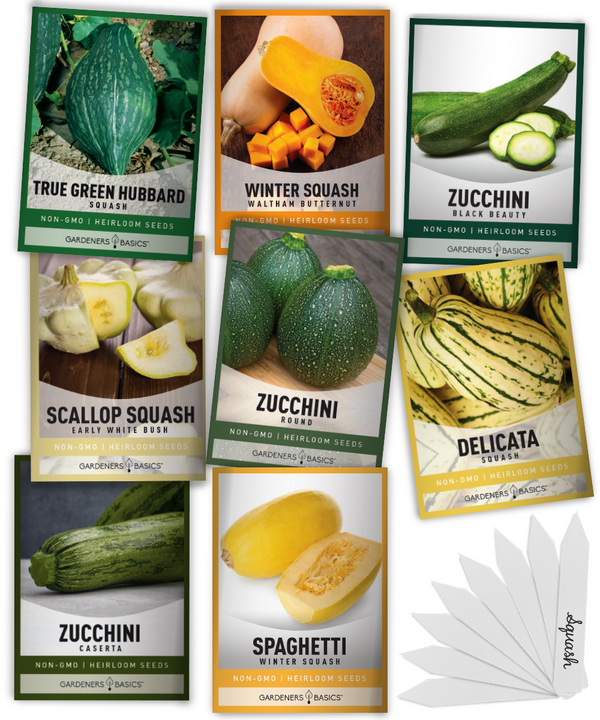
$15.95
Ultimate 8 Squash Seeds Variety Pack for Home Gardeners – Heirloom & Non-GMO Seeds Introducing our 8 Squash Seeds Variety Pack—the ultimate selection for gardeners who love cultivating a diverse range of delicious, homegrown squash! This carefully curated variety pack… read more
Choosing the Right Pot
When growing squash in pots, it's important to choose the right container. Here are some tips for choosing the right pot:
- Choose a pot that is at least 12 inches deep and has drainage holes.
- Make sure the pot is large enough to accommodate the squash plant's root system.
- Consider using a container that is made of a material that will keep the soil cool, such as terracotta.
Potting Soil
The right potting soil is essential for growing squash in pots. Here are some tips for preparing the potting soil:
- Mix garden soil with potting mix to create nutrient-rich soil.
- Add organic fertilizer to the soil to provide additional nutrients for the squash plant.
- Fill the pot with the soil mixture, leaving about 2 inches of space at the top for watering.
Planting Squash Seeds
Once you have prepared the potting soil, it's time to plant the squash seeds. Here's how:
- Place two to three squash seeds in the center of the pot, about 1 inch deep.
- Water the soil well and make sure the pot is placed in a location that receives full sun for at least six hours a day.
- Once the seeds have germinated, remove the weakest seedling to avoid overcrowding.
- Provide support for the squash vine as it grows by adding a trellis or stakes.
Care and Maintenance
To ensure a healthy squash plant and a bountiful harvest, it's important to care for your squash plant properly. Here are some tips for caring for your squash plant:
- Water the squash plant regularly, keeping the soil moist but not waterlogged.
- Fertilize the plant every two weeks with organic fertilizer to provide additional nutrients.
- Place the pot in a location that receives full sun for at least six hours a day.
- Monitor the plant for signs of powdery mildew, a common fungal disease that affects squash plants. If you notice any signs of powdery mildew, treat the plant with a fungicide.
- Harvest the squash when they are ripe. Summer squash should be harvested when they are about 6 inches long, while winter squash should be harvested when the rind is hard.
Benefits of Growing Squash in Pots
Growing squash in pots has several benefits, including:
- It allows you to grow squash even if you have limited garden space.
- It can help you avoid soil-borne diseases that can affect squash plants.
- It allows you to control the soil quality and nutrients that your squash plant receives.
Heirloom Squash Seeds | 5 Variety Pack
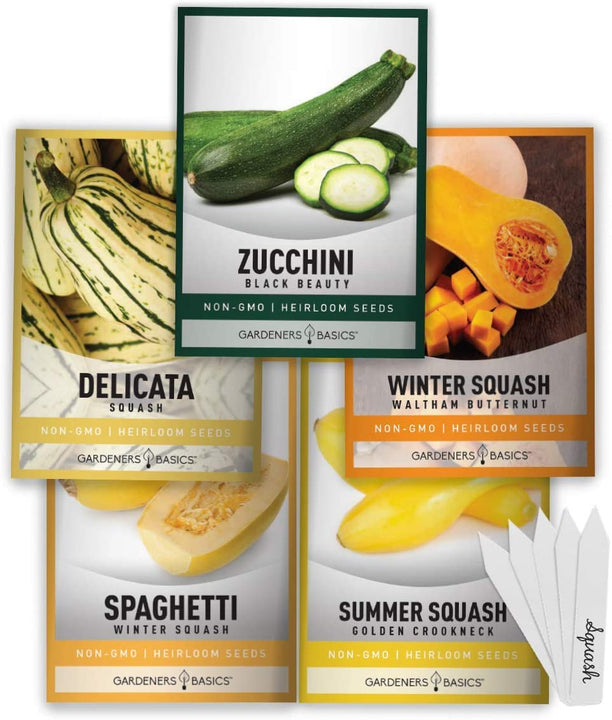
$9.95
5 Squash Seeds Variety Pack: Heirloom, Non-GMO, Open-Pollinated Squash Seeds for Vegetable Gardening Our 5 Squash Seeds Variety Pack is the ultimate collection for garden enthusiasts and squash lovers! Whether you're' a seasoned gardener or just starting out, this heirloom… read more
Tips for Growing Squash in Pots
Here are some additional tips for growing squash in pots:
- Choose a pot that is slightly larger than what you think you'll need. Squash plants have a tendency to outgrow their containers quickly, and having a larger pot can help them thrive.
- Make sure your pot has good drainage. Squash plants need well-draining soil to avoid waterlogging, which can lead to root rot.
- Consider using a self-watering pot if you're worried about watering your squash plant consistently. These pots have a built-in reservoir that keeps the soil moist without overwatering.
- Avoid over-fertilizing your squash plant. Too much fertilizer can lead to excess foliage growth and fewer fruit. Stick to a regular fertilization schedule of every two weeks with organic fertilizer.
- Keep an eye out for pests like squash bugs, cucumber beetles, and spider mites. These pests can quickly decimate a squash plant, so it's important to catch them early and treat them with an insecticide or neem oil.
Harvesting Squash
When it comes to harvesting your squash, timing is everything. Summer squash should be harvested when they are about 6 inches long, while winter squash should be harvested when the rind is hard. To harvest your squash, simply cut the stem with a sharp knife, leaving a small stem attached to the fruit. Avoid pulling the fruit off the vine, as this can damage the plant.
If you're growing squash in pots, it's important to keep an eye on the size of the fruit. Because the plants are confined to a smaller space, the fruit may not get as large as it would in a garden. However, smaller fruit can be just as tasty and nutritious as larger fruit, so don't be discouraged if your squash isn't as big as you expected.
Storing Squash
Once you've harvested your squash, it's important to store it properly to ensure it stays fresh for as long as possible. Summer squash should be eaten within a few days of harvesting, as they don't store well. Winter squash, on the other hand, can be stored for several months if stored properly.
To store winter squash, keep them in a cool, dry place with good air circulation. Avoid storing them in direct sunlight or in a damp area, as this can cause them to rot. Check your squash regularly for signs of decay, and use any squash that shows signs of soft spots or mold as soon as possible.
Benefits of Growing Your Own Squash
Growing your own squash can be a rewarding and satisfying experience. Not only does it allow you to enjoy fresh, homegrown produce, but it can also help you save money on your grocery bill. Additionally, growing your own squash can be a fun and educational activity for kids and adults alike.
Squash is also a nutritious vegetable that is packed with vitamins and minerals. It's a great source of vitamin C, vitamin A, and potassium, and it's low in calories, making it a great addition to any diet.
Conclusion
Growing squash in pots is a great way to enjoy fresh, homegrown squash without having to worry about garden space or soil-borne diseases. By choosing the right variety of squash, preparing the potting soil properly, and caring for your squash plant, you can enjoy a bountiful harvest of this delicious and nutritious vegetable. With proper care and attention, your squash plant can thrive in a pot and provide you with a delicious and healthy addition to your meals. So why not give it a try and see how easy it can be to grow your own squash in a pot?



